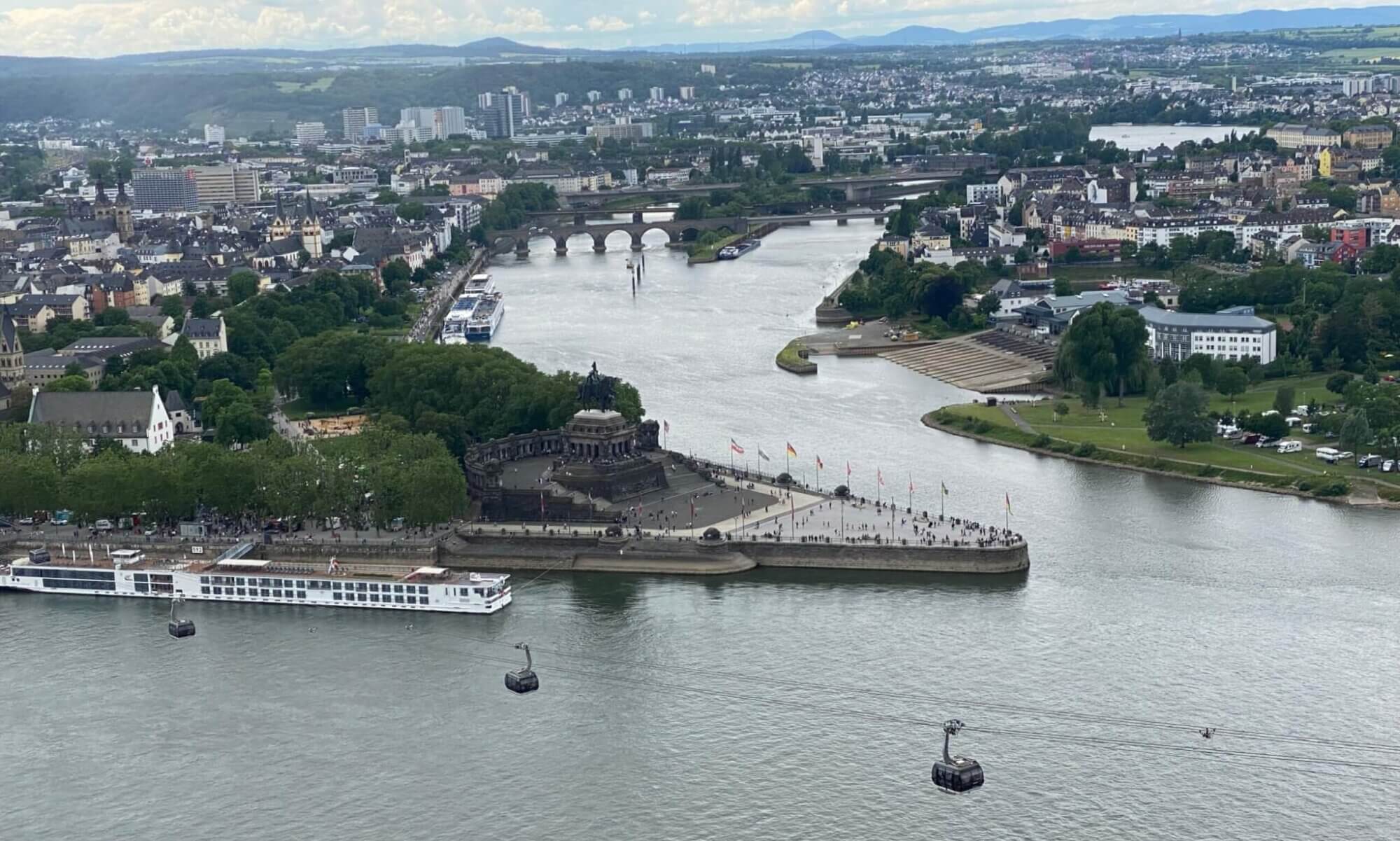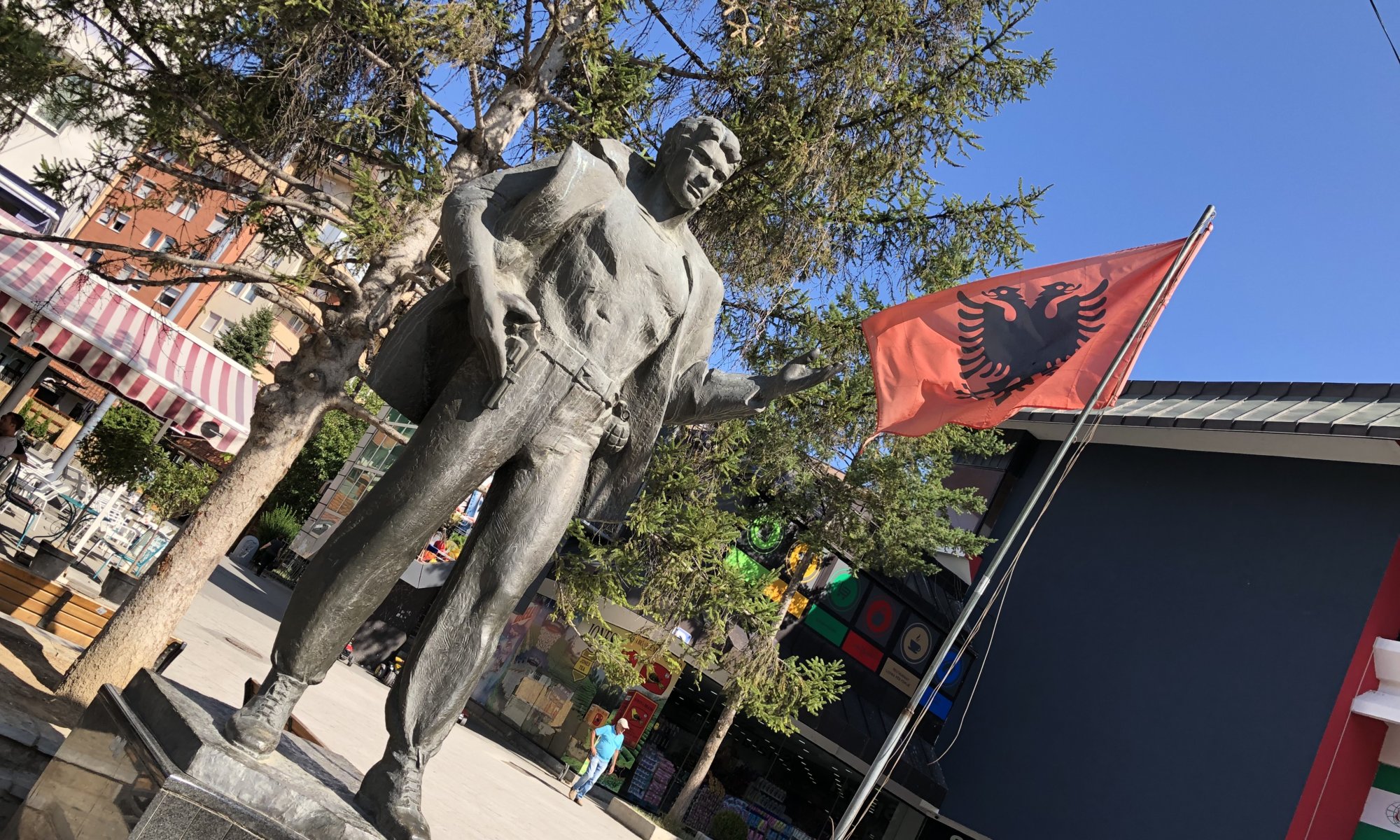I came into contact with the Albanian language three times – in Albania, Montenegro and Kosovo (it is also official language in North Macedonia). Every time I had the same feeling like with Dutch: I can read it and understand quite a lot, but listening to somebody speaking it I can’t even separate the words in my head. It is an Indo-European language with 7.6 million speakers around the world.
| English | Albanian |
| yes | po |
| no | jo |
| Hello! | Tungjatjeta! |
| Good day! | Mirë dita! |
| Good evening! | Mirë mbrëma! |
| Good bye! | Mirupafshim! |
| Sorry | Më falni |
| left | majtas |
| right | djathtas |
| Thank you! | Falëminderit! |
Important to know is that the gestures made with the head are different than in most countries: nodding your head means no, shaking your head means yes.
| Number | Albanian |
| 1 | nje |
| 2 | dy |
| 3 | tre |
| 4 | katër |
| 5 | pesë |
| 6 | gjashtë |
| 7 | shtatë |
| 8 | tetë |
| 9 | nëntë |
| 10 | dhjetë |
The Albanian alphabet consists of 36 letters, adding ç, dh, ë, gj, ll, nj, rr, th, sh, xh and zh to the 26 letters I’m used to and leaving the letter w out. When travelling through the country you will mostly observe the ç and the ë (which is used very often even if it doesn’t really create a sound).
| English | Albanian |
| Monday | e Henë |
| Tuesday | e Martë |
| Wednesday | e Merkurë |
| Thursday | e enjtë |
| Friday | e premtë |
| Saturday | e shtunë |
| Sunday | e dielë |
Albania / Kosovo / Montenegro

